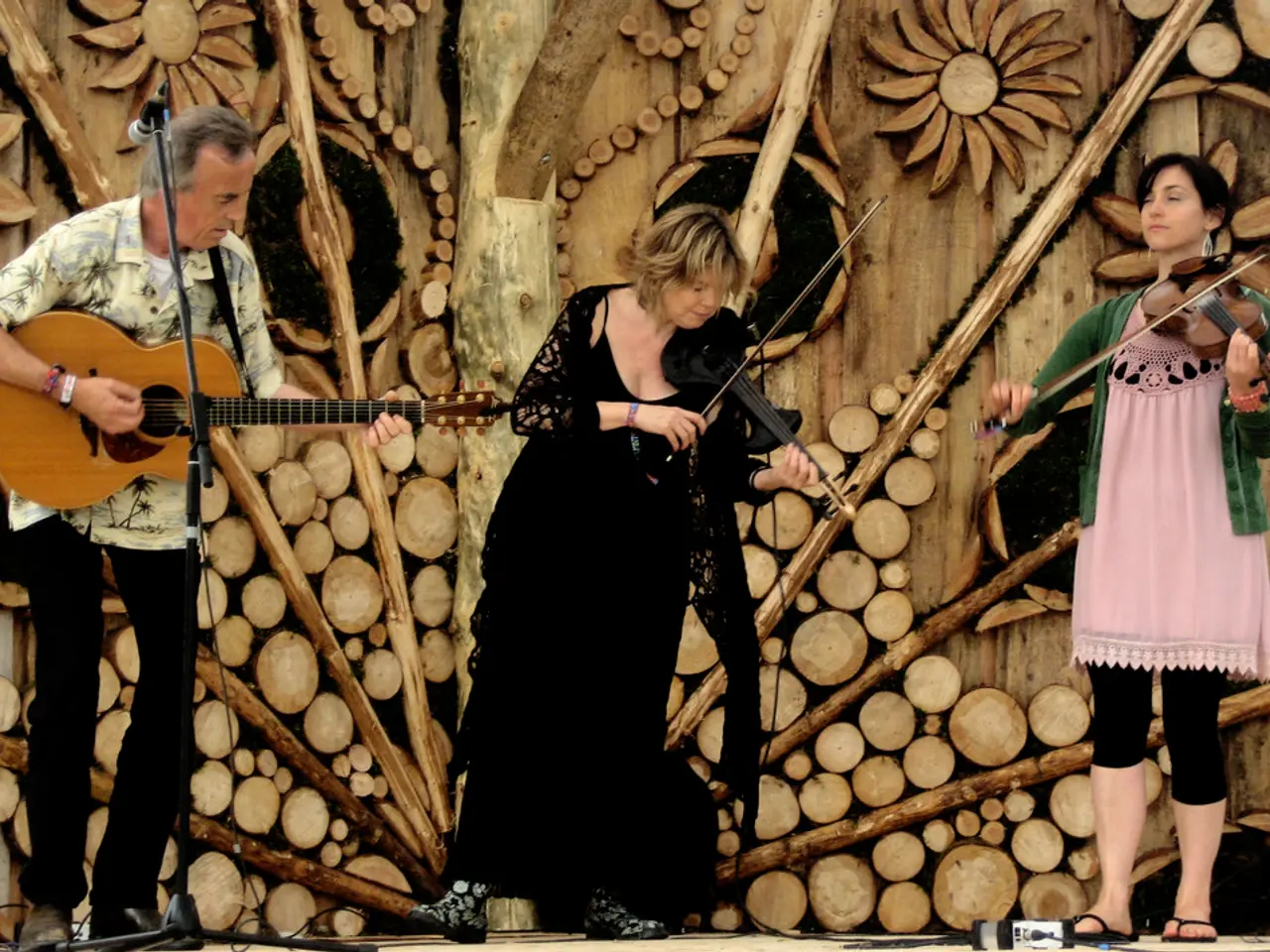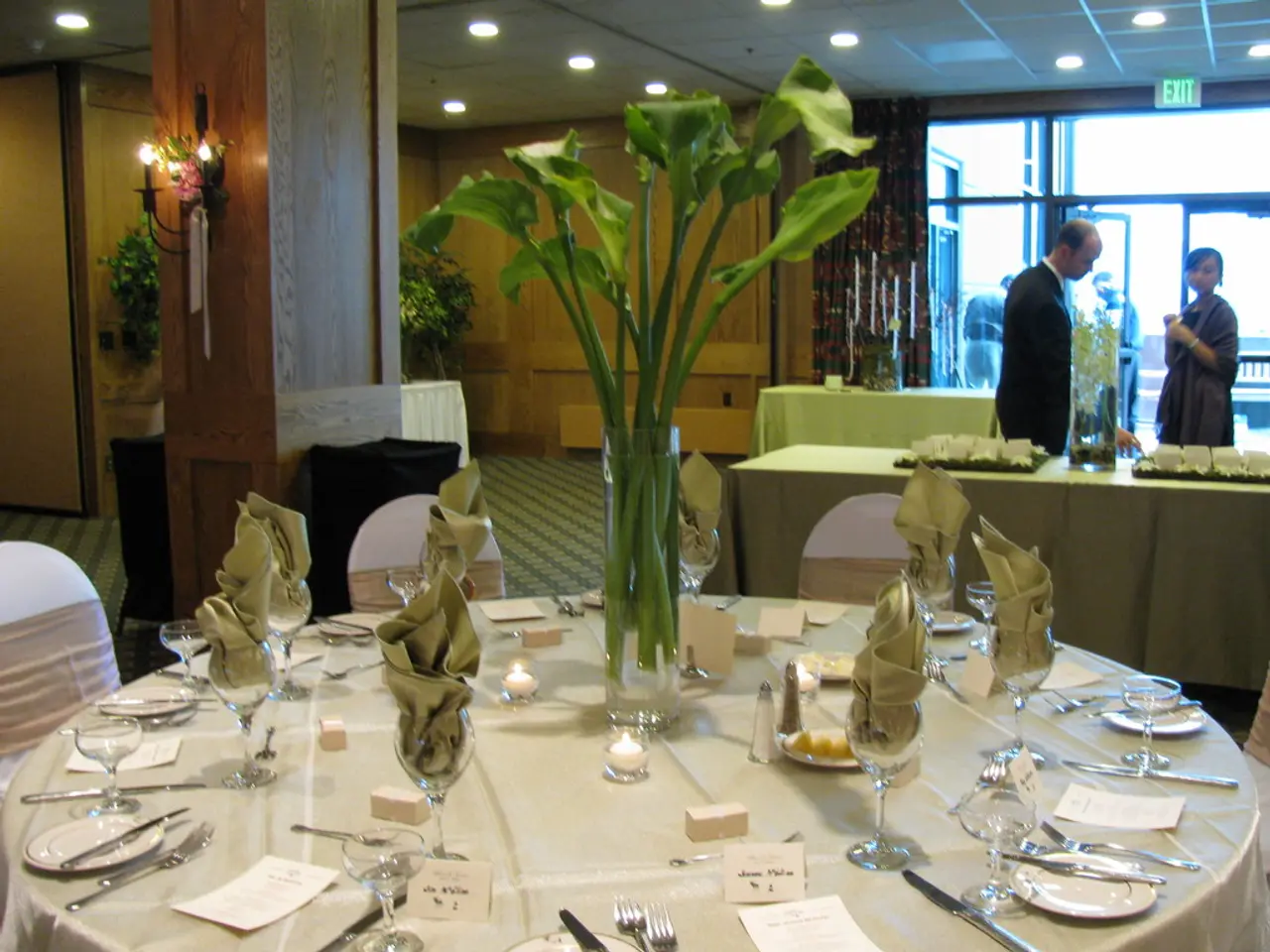October Birthstone: Opal
============================================================================
Opals, famed for their stunning play of color, have captivated humans for thousands of years. Archaeological finds suggest that opal jewelry has been used since around 4000 BC, and the name "opal" is derived from the Sanskrit word upala meaning "precious stone" [2].
In ancient times, opals were ranked among noble gems, second only to emeralds in the Roman era. Throughout the Middle Ages, they were considered lucky stones, although modern superstition has sometimes regarded them as unlucky [5]. Major sources historically included Ethiopia, Eastern Europe, and Turkey, but since the 1800s, discoveries in Mexico and especially Australia—currently supplying about 95% of the world’s precious opals—have dominated opal production [2][4].
Opals can be categorised into several main types, primarily based on their body color and appearance.
| Opal Type | Description | Common Body Colors | Value & Rarity Notes | |----------------|-----------------------------------------------------------------------------------------------|------------------------------------|------------------------------------------------------| | Black Opal | Has a dark gray to true black body tone providing a vivid "play of color" effect | Dark gray, black | Rarest and most valuable; primarily from Lightning Ridge, Australia [3][5] | | White Opal | Typically light body color (white or gray); shows play-of-color over a milky background | White, light gray | More common than black opal but still valued [5] | | Fire Opal | Characterized by warm body colors like yellow, orange, or red; may have play-of-color | Yellow, orange, red | Common, especially Mexican fire opal; valued for bright body color [5] | | Crystal Opal | Transparent to semi-transparent with vibrant play-of-color | Varies (often clear or light) | Appreciated for clarity and vibrant color play[4] | | Boulder Opal | Opal veins within ironstone matrix, unique patterns and play-of-color | Mixed with ironstone colors | Unique, mostly from Queensland, Australia |
The value of opals depends largely on their carat weight, clarity, and especially the quality and intensity of their play-of-color (a phenomenon of shifting rainbow hues when tilted). Larger opals with strong color play are rare and highly prized [1][3]. Black opals are especially valued due to their dark backgrounds making colors appear more vivid and bright, whereas white and fire opals are somewhat more common despite their own aesthetic appeal [3][5].
When storing opals, it is essential to keep them in a cooler temperature and with a bit of moisture in the air to prevent drying out. Opals contain up to 30% water, making them susceptible to drying out when exposed to heat, which can cause irreversible crazing or cracking [1]. Opals are also porous and can be easily damaged by acids and chemicals such as detergents, perfumes, and jewellery cleaner.
Despite the misgivings that they can bring back luck to those who wear them, opals are enjoying a resurgence in popularity. Synthetic opals, first created by Pierre Gilson in 1974, are man-made and closely match the physical and chemical structure of a natural opal. Synthetic opals, when cut as a cabochon, exhibit a columnar structure to the patches of colour on the side of the cabochon, which is unlike natural opals [1]. Synthetic opals, specifically Gilson opals, can display play-of-colour, but the patches of colour are brighter, more consistently shaped, and have a polygonal outline, resembling a 'lizard skin' appearance [1].
For those born in October, opals can be considered a bit of gemstone magic to be enjoyed for their stunning play-of-colour unmatched by any other gemstone. Opals have been valued for millennia, even before Ancient Greek and Roman times, and continue to captivate us with their iridescent beauty and rich history.
References:
[1] GIA (Gemological Institute of America). (n.d.). Opal. Retrieved from https://www.gia.edu/opal
[2] Opal Australia. (n.d.). Opal History. Retrieved from https://www.opal-australia.com.au/opal-history/
[3] Opal Auctions. (n.d.). The Different Types of Opals. Retrieved from https://www.opalauctions.com/the-different-types-of-opals
[4] Opal Miner. (n.d.). Opal Types. Retrieved from https://www.opalminer.com.au/opal-types/
[5] The Opal Centre. (n.d.). Black Opal. Retrieved from https://www.theopalcentre.com/black-opal
- For those interested in expanding their knowledge about gemmology, one might consider attending workshops or courses to learn more about the different types of opals and their unique properties.
- To further appreciate the beauty and intricacies of opals, one could delve into various publications that provide detailed insights into their history, production, and the various types of opals, as well as tips for their care and maintenance.
- Aside from Gemmology, opals can also be a captivating subject for lifestyle discussions, with fashion-and-beauty enthusiasts exploring ways to incorporate opal jewelry into their wardrobe and home-and-garden enthusiasts considering opal decorations to add a touch of iridescent elegance to their living spaces.




